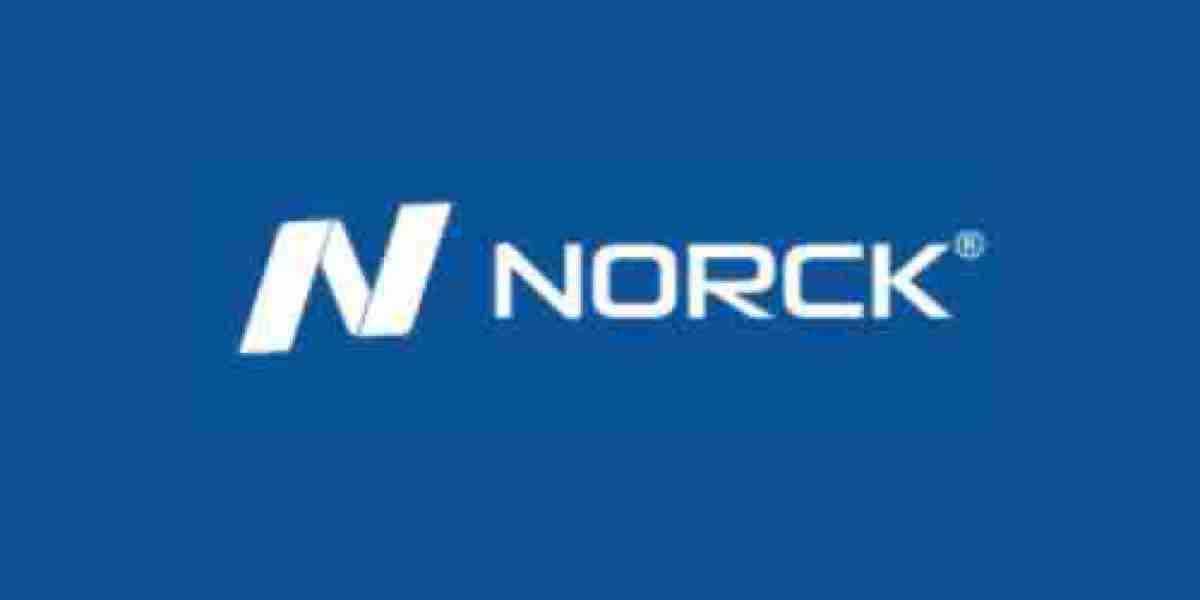Wound care is a critical component of healthcare, and accurate medical coding is essential for proper reimbursement, data analysis, and quality improvement. This article explores the best practices for wound care in the medical coding process, emphasizing the importance of precision, adherence to coding guidelines, and continuous education for coders.
The medical coding services in wound care are vital for accurate reimbursement, data accuracy, and compliance with regulatory requirements. By combining a deep understanding of wound care procedures with strict adherence to coding guidelines, coders contribute significantly to the overall efficiency and effectiveness of healthcare delivery in the field of wound care.
Understanding Wound Types
To accurately code wound care billing procedures, coders must have a comprehensive understanding of various wound types. This includes differentiating between acute and chronic wounds, identifying specific characteristics such as depth, size, and location, and recognizing complications such as infections or necrosis. Properly classifying wounds is foundational to assigning accurate codes.
Utilizing Updated Coding Guidelines
Medical coding is subject to frequent updates, necessitating coders to stay informed about the latest coding guidelines. For wound care, this involves keeping abreast of changes in coding rules related to specific procedures, documentation requirements, and any updates in code sets such as Current Procedural Terminology (CPT) and International Classification of Diseases (ICD).
Documentation Accuracy and Specificity
Accurate coding relies heavily on detailed and precise clinical documentation. Coders must ensure that healthcare providers document all relevant details regarding the wound, including its characteristics, size, depth, and any associated complications. Complete and specific documentation facilitates the selection of the most appropriate codes and supports proper reimbursement.
Sequencing Codes Appropriately
Proper sequencing of codes is crucial for reflecting the chronological order of wound care procedures. Coders should adhere to official guidelines to determine the correct sequence, emphasizing primary diagnoses and procedures. Sequencing errors can lead to inaccuracies in reimbursement and potentially impact patient care.
Compliance with Regulatory Requirements
Compliance with regulatory requirements, such as those set forth by the Centers for Medicare and Medicaid Services (CMS), is essential. Coders must be aware of and adhere to specific rules and regulations governing wound care coding to ensure accurate reimbursement and avoid potential legal consequences.
With features like customizable templates, e-prescribing, and integrated patient engagement tools, AdvanceMD EHR helps healthcare providers manage patient records securely while meeting regulatory compliance standards. The platform is particularly popular among small to medium-sized practices and specialty clinics due to its user-friendly interface and scalability.
Continuous Education and Training
Given the dynamic nature of the healthcare industry and the evolving coding landscape, continuous education and training are imperative for medical coders. Staying informed about advancements in wound care treatments, coding updates, and attending relevant workshops or seminars helps coders enhance their skills and maintain proficiency.
Conclusion
In conclusion, best practices for wound care in the medical coding process demand a comprehensive understanding of wound types, adherence to updated coding guidelines, meticulous documentation, proper sequencing, compliance with regulatory requirements, and a commitment to continuous education.
By prioritizing these practices, medical coders can contribute to improved patient outcomes, accurate reimbursement, and the overall quality of healthcare delivery.



